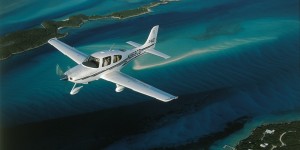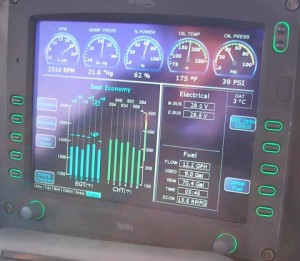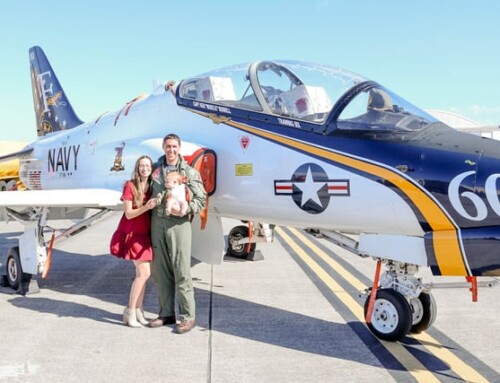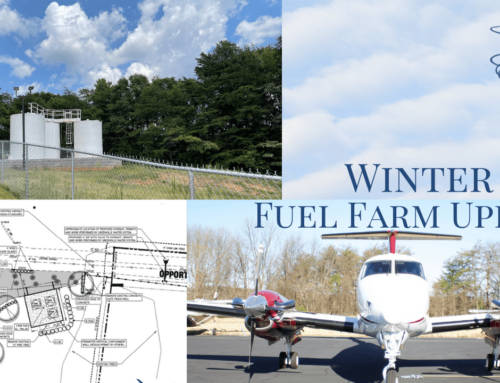 When I first started flying Cirrus airplanes, I soon learned of two new terms: “Best Power” and “Best Economy.” These terms referred to the two mixture control settings that were recommended during cruise flight by the Pilot Operating Handbook (POH). I have experimented with both mixture settings, and have found that each has its place in making the Cirrus a much more versatile airplane. The “Best Power” setting is the mixture setting I use on my routine flights in the Cirrus. This setting, as it’s name suggests, provides me with the best power from the engine, resulting in the highest airspeed during my cruise flight and shorter flight times. The “Best Economy” setting will save about 6 gallons per hour, but the trade off is usually 10 to 20 knots less in airspeed, resulting in longer flight times. I use the “Best Economy” setting whenever I have a long leg to fly, and I am trying to avoid having to stop for fuel.
When I first started flying Cirrus airplanes, I soon learned of two new terms: “Best Power” and “Best Economy.” These terms referred to the two mixture control settings that were recommended during cruise flight by the Pilot Operating Handbook (POH). I have experimented with both mixture settings, and have found that each has its place in making the Cirrus a much more versatile airplane. The “Best Power” setting is the mixture setting I use on my routine flights in the Cirrus. This setting, as it’s name suggests, provides me with the best power from the engine, resulting in the highest airspeed during my cruise flight and shorter flight times. The “Best Economy” setting will save about 6 gallons per hour, but the trade off is usually 10 to 20 knots less in airspeed, resulting in longer flight times. I use the “Best Economy” setting whenever I have a long leg to fly, and I am trying to avoid having to stop for fuel. All of the mental gymnastics over mixture settings has often made me wonder, which is really cheaper: to fly at “Best Power” or “Best Economy”? At first glance, the difference seems clear: use “Best Economy” and save 6 gallons per hour. Six gallons times $6 per gallon is $36 per hour cheaper flying. Seems right, but what is often not considered is that fuel cost only represents a portion of the total operating cost of flying an airplane.
All of the mental gymnastics over mixture settings has often made me wonder, which is really cheaper: to fly at “Best Power” or “Best Economy”? At first glance, the difference seems clear: use “Best Economy” and save 6 gallons per hour. Six gallons times $6 per gallon is $36 per hour cheaper flying. Seems right, but what is often not considered is that fuel cost only represents a portion of the total operating cost of flying an airplane.Looking at the Cirrus POH, I see that by flying “Best Power,” I can get 180 knots airspeed at 8000 feet cruise altitude, while I only get 160 knots using “Best Economy” at the same altitude. Let’s say I’m flying a 720 mile flight. The difference in time between the two would be 30 minutes longer for flying at “Best Economy,” e.g. 4 hours vs 4.5 hours. The question then becomes “Does flying the extra 30 minutes save me enough in fuel cost to pay for the extra operating cost?” Let’s figure engine and propeller reserves, oil changes, inspections, and airplane devaluation into the mix and see where we land (no pun intended!)
- Engine and prop reserves are about $50,000 for every 2000 hours, or $25 per hour
- Oil changes and oil consumption usually costs about $250 every 50 hours, which translates into about $5 per hour
- One hundred hour inspections, which as the name implies, occur every 100 hours, average about $2000, which equals $20 per hour
- Airplane devaluation – there is an inverse relationship between the additional airplane hours and airplane value though assigning a dollar value can be tricky.
This means that for every hour that I fly the airplane I have to be ready to write a check for about $50 for the non-fuel operating cost. At 8000 feet cruise altitude with the mixture set at “Best Power” gives me a fuel flow of 17.8 gallons per hour (GPH) which means my direct operating cost, including fuel, is around $156.80 per hour. Dividing this by 180 knots I arrive at my cost per mile and the result is 87 cents per mile. Now, when I look at the “Best Economy” setting, the fuel flow is 11.8 GPH which means $120.80 per hour. Though this yields 20 knots slower airspeed, the price per mile also drops to only 76 cents per mile. Pretty economical!
It turns out that “Best Economy” truly is the most economical way to fly the Cirrus. I hope this exercise has helped you decide which you want to save on your next flight, time or money? I’m glad that Cirrus Aircraft has made whatever we decide so easy to implement. Till my next blog…tailwinds!
Tim McConnell
Director of Aviation Accounts






Great Analysis, same applies in our Malibu.
Great article. I’m sold on Best Econmy, however would there be an advantage to best power flying into a strong headwind. Best economy would certainly benefit from A tailwind.
Thanks